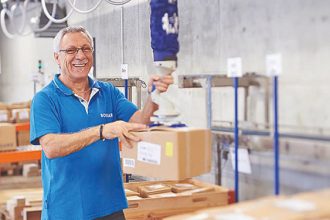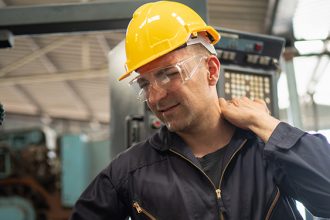E-Commerce and Ergonomics: How Adapting Pallet Rack with Carton Flow Improves Picker Safety, Productivity
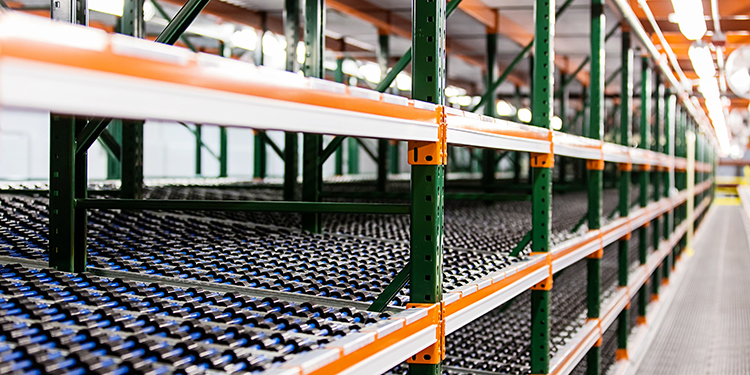
This post is part of the EASE Council’s Educational Series: E-Commerce and Ergonomics
Forecasts predict that the North American e-commerce market will expand at a compound annual growth rate (CAGR) of 12.5% between now and 2027. Contributing to this growth is rising consumer demand for a variety of product options and choices available at the click of a button. This makes it increasingly likely that warehouses and distribution centers (DCs) originally configured to primarily handle pallets will need to shift to picking more eaches. While it’s certainly possible to pick individual stock keeping units (SKUs) from cases stored on static pallet rack or shelving, it’s not especially ergonomic. Fortunately, there’s an easy solution: carton flow. Here, a look at how adapting pallet rack with carton flow improves picker safety and productivity.
What is Carton Flow?
Carton flow tracks or beds incorporate metal or plastic rollers or skate wheels, explained Megan Baker, Director of Marketing at UNEX Manufacturing. UNEX is a member of the Ergonomic Assist Systems & Equipment (EASE) Council.
“To convert static pallet rack for each picking, carton flow installs directly into existing rack structures. This creates a dynamic storage system that dramatically improves accuracy, maximizes space, and minimizes strain on workers,” she said.
Loaded from the back, cartons of product utilize gravity to advance forward. This allows them to support first-in/first-out (FIFO) inventory management, making them ideal for ensuring proper stock rotation, Baker added.
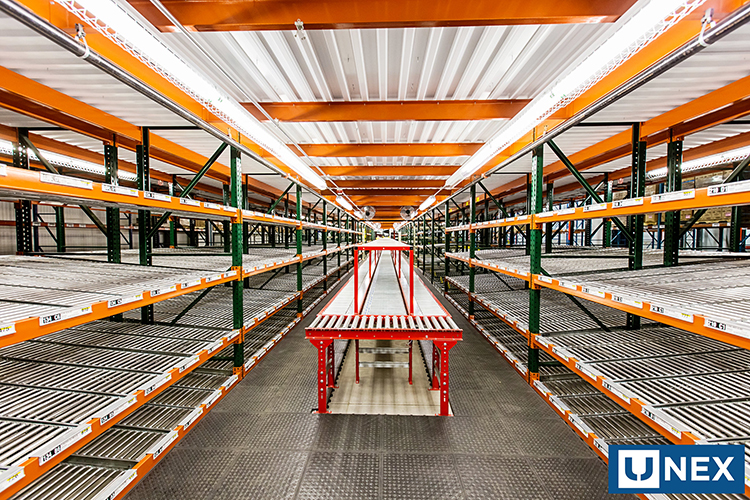
Roller-style versions come in fixed lane configurations that match a specific product or carton width. This is ideal for e-commerce operations handling consistently sized items, like shoe boxes.
Wheel-based carton flow allows multiple, variable-width cartons to sit side-by-side, maximizing space. This style is ideal for operations handling a broad variety of products, such as those fulfilling health and beauty product orders. It’s also a good choice for third-party logistics (3PL) solutions providers whose client rosters rotate with relative frequency.
Another option to convert static storage into dynamic storage is to deploy free-standing carton flow racks, either stationary or on casters or wheels in a cart configuration, Baker said. “These individual units are ideal for situations where a facility does not already have existing pallet rack or where limited overhead space exists.”
How Carton Flow Improves Ergonomics
Because cases of product loaded into these systems automatically roll forward, associates can easily access the contents for each picking. Conversely, cases stored in static pallet rack shelving do not advance to the front of the shelf. Instead, the associate must reach into the rack to pull the case forward. Carton flow eliminates ergonomic strains associated with stretching, straining, climbing, pushing, pulling, bending, or twisting. Instead, a new case of items appears at the pick face when the employee removes the empty one ahead of it.
“Musculoskeletal injuries most often result from the cumulative effect of repetitive stresses or strains, like those associated with picking from static shelving,” Baker noted. Indeed, the Occupational Safety and Health Administration (OSHA) says that on-the-job injuries resulting from poor ergonomics cause 60% of work-related musculoskeletal disorders.
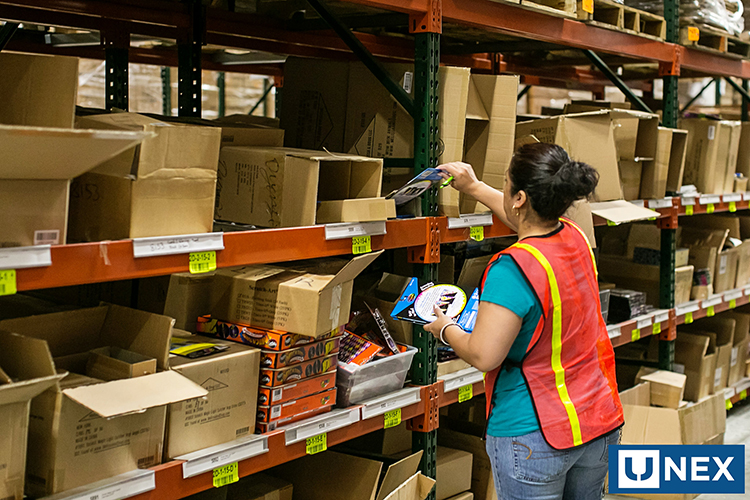
Further, Liberty Mutual Insurance’s Workplace Safety Index reports that non-fatal workplace injuries cost U.S. businesses in the retail industry (including e-commerce order fulfillment) more than $5.25 billion annually. Of those, improper ergonomics when handling objects or by assuming awkward postures are responsible for more than a third of those costs.
“Carton flow designs can also incorporate an additional angle at the front, or picker end, of the system. This causes the case to safely tip forward, giving a picker better visibility to the picks, as well as even easier access,” said Baker. “The angle further enhances ergonomics, as the associate does not have to bend their wrist at an awkward angle to reach into the case to pick the contents.”
How Carton Flow Improves Productivity
By making cases continuously available at the pick face, carton flow significantly reduces the amount of time an associate must spend searching for each item. Carton flow also increases storage density, explained Baker.
“Carton flow can increase an operation’s space utilization for picking by 50% or more, depending on the situation,” she said. “It allows an operation to utilize more space within its racks to store SKUs, as opposed to static shelving that creates a lot of unreachable areas, also known as ‘dead zones.’”
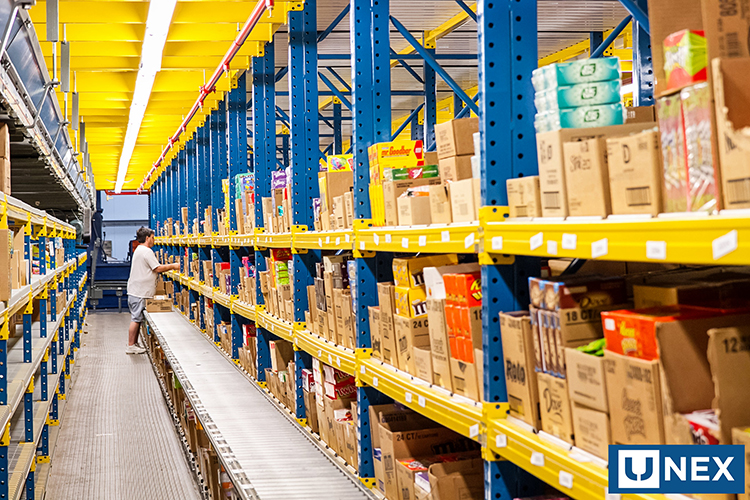
Further, carton flow reduces the overall footprint of an order picking operation, which cuts travel time between picks. This can boost efficiency by as much as 30%, Baker added.
“Ergonomically speaking, less time spent walking also reduces associate fatigue. When employees aren’t as tired on the job, their picking accuracy improves along with their ability to pick more items per hour,” she concluded. “All of these ergonomic carton flow benefits improve productivity.”
Looking for more ways to improve ergonomics in your e-commerce operation? The members of the Ergonomic Assist Systems & Equipment (EASE) Council offer a variety of educational resources, presentations and seminars, technical papers, checklists, and ergonomic articles on their website.


